Good pitching almost makes you forget about the poor offense
As the Royals take one of three from the Tigers, the bats are still cold. The pitching however is warming up nicely.
If you ever pondered the extestential baseball question about what would happen when two of the least productive offenses in baseball got together for a weekend series, this Tigers/Royals set was for you.
In three games, the Royals scored six runs, the Tigers seven, as the Royals needed a clutch home run on Saturday to take anything from the abbreviated series. The baseball gods had obviously seen enough and decided to wash out Sunday’s game. Maybe when these two meet again in July, they will have solved this run-scoring riddle they both seem to face on a nightly basis.
At least they snapped a five-game losing streak. We’re all a bit nervy about these early season slides, aren’t we? We’ve seen it before all too frequently: A three game skid turns into six which suddenly turns into double digits and before Memorial Day the Royals are simply playing out the string. So while the offense is still sputtering, the pitching provided some hope moving forward.
On Friday, Brad Keller spun a gem—his second of the year in as many starts—but was sunk by a dormant offense and one bad pitch.
As we saw in his first start, Keller threw mostly sliders and four-seamers, with a sinker mixed in and an occasional change. It was the slider as usual that did the most work. He threw 33 of them on Friday, generated 16 swings and got six whiffs. It resulted in a strong 33 percent CSW% for the right-hander on the pitch.
He threw a couple of first pitch beauties with it. Like this one to Austin Meadows in the first.
The slider has been absolutely lethal for Keller this season. He’s thrown it 56 times, evenly divided between left and right-handed batters. Of those 56 sliders, 10 have been put into play. And of those 10 put into play, exactly one has gone for a base hit—a slider to Spencer Torkelson in the fifth inning on Friday night.
It’s always been a plus pitch for Keller. Can we spot the difference between this year and last year, even in a small sample?
Movement-wise, it’s actually diving less down in the zone. While Keller’s slider has about the same lateral bite as always, he’s lost a couple of inches of vertical movement. It’s still an above-average pitch when it comes to drop (and horizontal movement, for that matter), but in his major league career, his typical slider has seen north of 40 inches of drop. This year, the Keller slider is dropping only around 37 inches.
Kind of weird, isn’t it? Keller’s slider is actually moving less than it has in the past, yet it’s more effective.
So let’s pivot to the always-popular spin rate. A quick check of the chart shows again, a spin rate similar to what we saw from the slider last year. But wait! There is an anomaly.
Ahhh…the four-seamer. Keller is spinning the fastball a little more than he has in the past.
(There’s actually a single anomaly in Keller’s Statcast profile. In his first start of the year, he apparently uncorked a fastball 96.2 mph against Steven Kwan with a spin rate of nearly 3,600 RPMs, or nearly a twelve-hundred revolutions more than his typical four-seamer. And with the small sample size we’re working with thus far, one pitch is enough to skew the sample. Still, if you adjust for that single pitch, Keller is about a hundred RPM higher on his fastball spin this year.)
The increase in four-seam spin seems to be affecting his horizontal movement. So far, it’s right in line with what we saw in 2020.
With just a little more run on the four-seamer, and his ability to locate the pitch up, he’s disguising it just a bit more. It’s a difficult adjustment for hitters to make, just on eye-level alone, but then to have to account for some lateral movement, it’s just too much for them to square up the four-seamer effectively.
Indeed, the results so far are amazing. Last year, hitters crushed the Keller four-seamer to the tune of a .325 batting average and .510 slugging percentage. This year, of the seven balls put in play against the four-seam fastball, none have gone for a hit. Again, it’s early days, but even the rate the pitch has been put in play has dropped. Last year, 17 percent of the four-seamers Keller delivered were put in play. This year, it’s down to 14.5 percent.
Slider down and fastball up with a little extra run. It’s such an effective combo.
Something else that I really like about the Keller start was his tempo. Mike Matheny touched on this after the game, but that’s twice now that Keller has taken the ball and thrown with a purpose. Certainly, it helps that he’s not putting runners on base and pitching from the stretch, but still…he seems to be working with a pace that he was lacking last year. It can only help.
In his start on Saturday, let’s just say Kris Bubic took the opposite path from Keller, at least tempo-wise. I imagine that was because he couldn’t really locate the strike zone.
As was the case in his first start of the year, Bubic had difficulty consistently throwing strikes. That he was able to navigate and survive 4.1 innings was a minor miracle. On the afternoon, Bubic threw 89 pitches, but only 49 were strikes. And when he missed…let’s just be charitable and say he wasn’t even close.
But while Bubic was errant at times with his pitches, he also mostly stayed out of the middle of the zone. The result was nine outs that came via the ground ball, including a pair of double plays.
That’s living right. And you know what, the run Bubic was charged with was a bit unlucky as well. He walked Daz Cameron with two down in the second and had him picked off for what would’ve been the final out of the frame. Alas, Carlos Santana’s throw to Nicky Lopez covering second wasn’t on point and Cameron, dead to rights on the bases, slid in under the tag. He scored on a Dustin Garneau double.
So what to make of this outing from Bubic. Yes, better than his initial showing last week, but the high wire act was a little too close for comfort. He got the ground balls when required, and some strikeouts. He worked upwards of 93 mph and flashed plus on the change at times.
What I’d like to know is where was the slider he was working on this spring?
The Royals bullpen got the job done in both weekend contests. Perhaps nothing was more encouraging than seeing this from Josh Staumont just a day after he pitched a clean inning on Friday.
If watching that doesn’t get you a little amped up, I don’t know what to tell you. Staumont hit triple-digits three times on Saturday.
While I dig the Staumont heat, I also find myself falling hard for the Snider Slider. Witness:
Just an absolutely delightful pitch. Once again, the Royals look like they have the makings of a bullpen that can absolutely be a weapon late in games. Between Friday and Saturday they threw a combined 6.2 scoreless innings with eight strikeouts and just one walk.
Fine. We’re late into this edition of the newsletter and it’s time to talk about the offense, which still isn’t all that great.
They managed to finally score a first inning run on Saturday when they hit back to back singles to put runners in the corners for Salvador Perez to bring home Bobby Witt Jr. on a groundout. That’s a positive.
So was Hunter Dozier’s at bat in the bottom of the sixth following a Carlos Santana walk. Facing an 0-2 count, Dozier turned on an inside slider and laced it over the fence in left for the Royals’ final margin of victory.
That was Dozier’s first ever home run on an 0-2 pitch. It’s difficult to hit when you’re in the hole with two strikes, but Dozier has had an especially difficult time in his career, hitting .036/.050/.065 when his at bat ends on an 0-2 pitch. That’s 31 percent worse than league average. In fact, prior to Saturday, Dozier had only a single RBI in his entire career on an 0-2 pitch.
After a miserable first half in 2021, it’s nice to see Dozier contributing again. In the early going, he’s hitting .296/.321/.481 in 29 plate appearances with just four strikeouts. With Santana seemingly unable to get on track, the Royals desperately need someone in the middle of this order who can come through.
Through their first eight games, the Royals offense is scoring 3.1 runs per game and hitting at a .207/.263/.303 clip. They are dead last in the AL in OBP and second from the bottom in slugging percentage. In a weekend where they managed to score just four runs, give credit to Dozier (and the bullpen) for securing at least one victory.




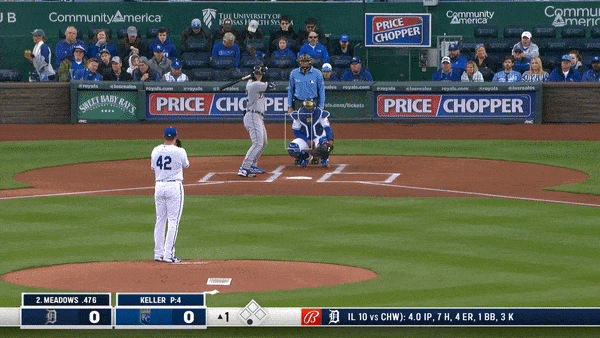
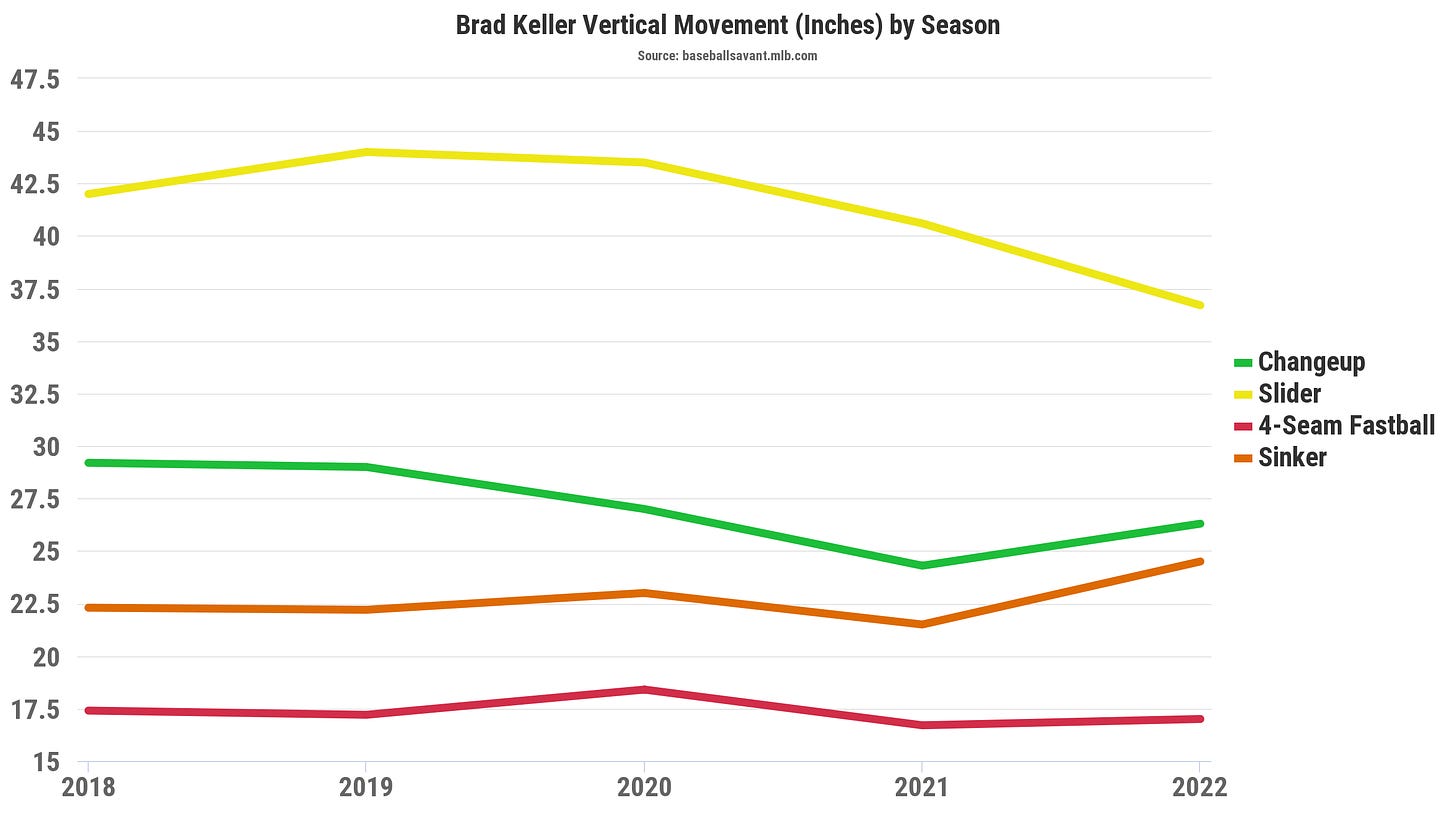
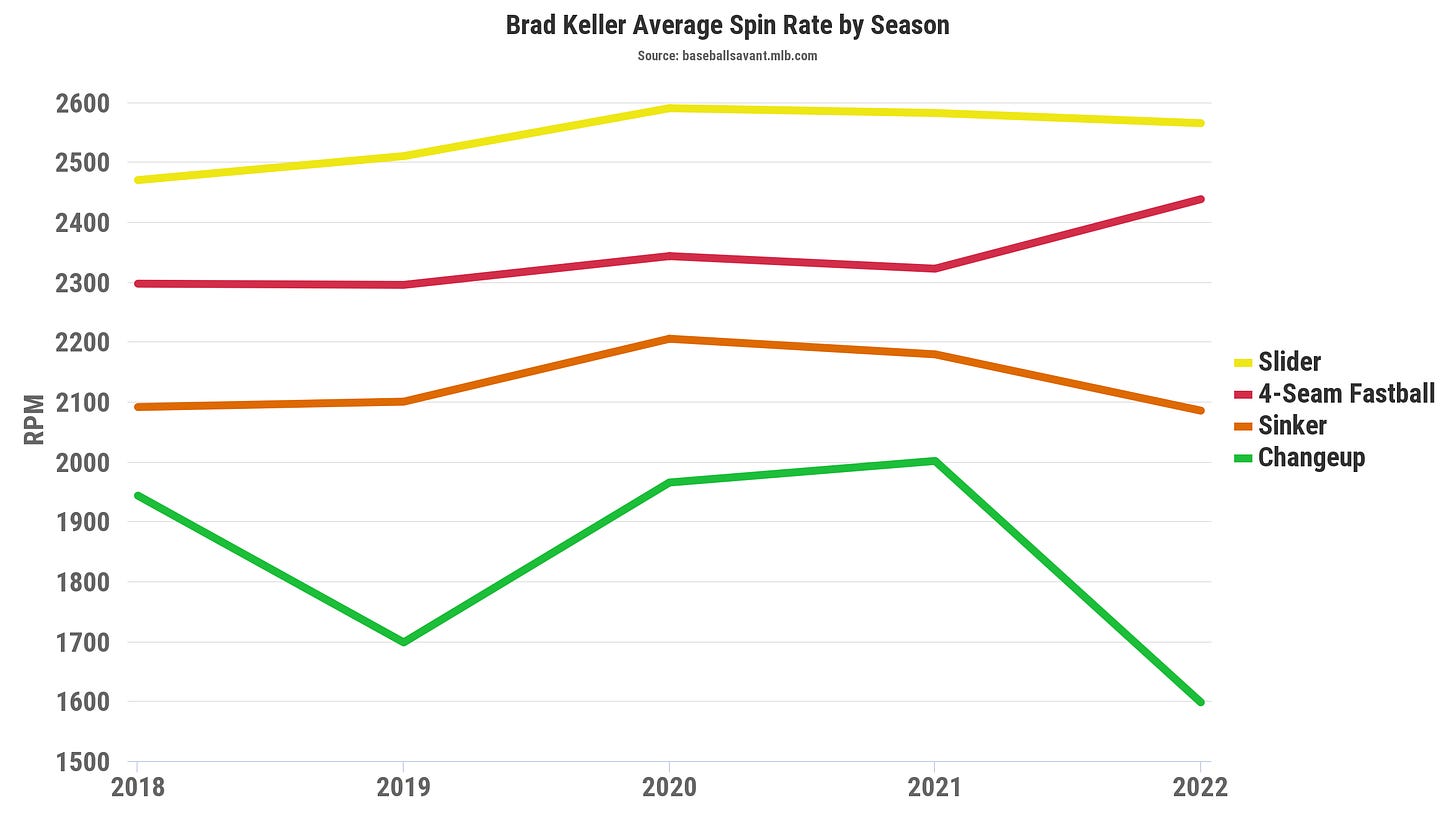
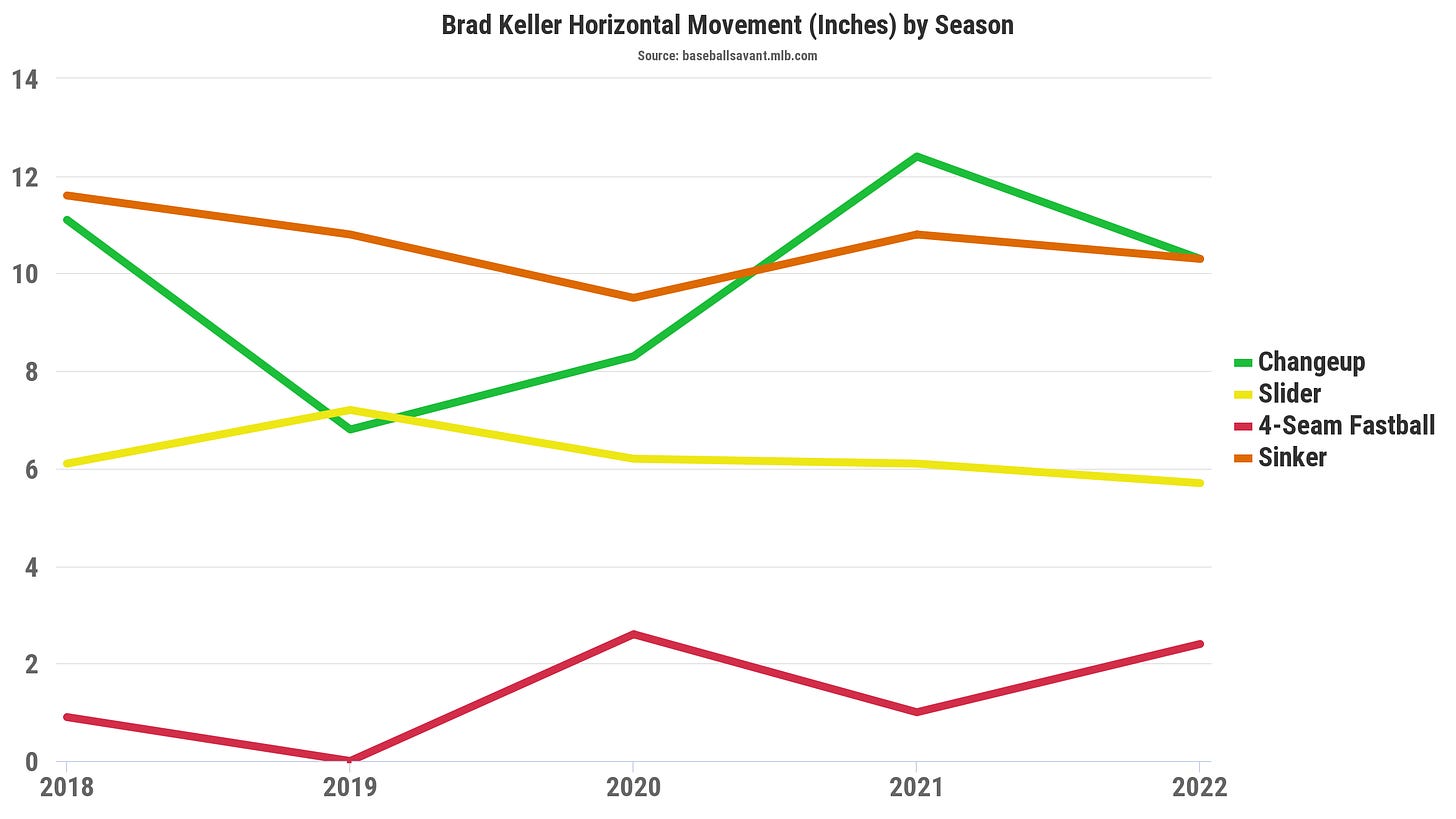
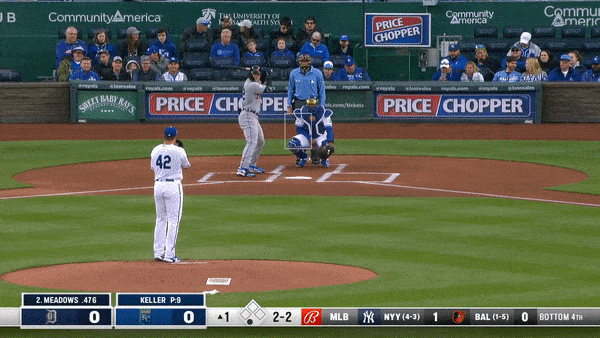
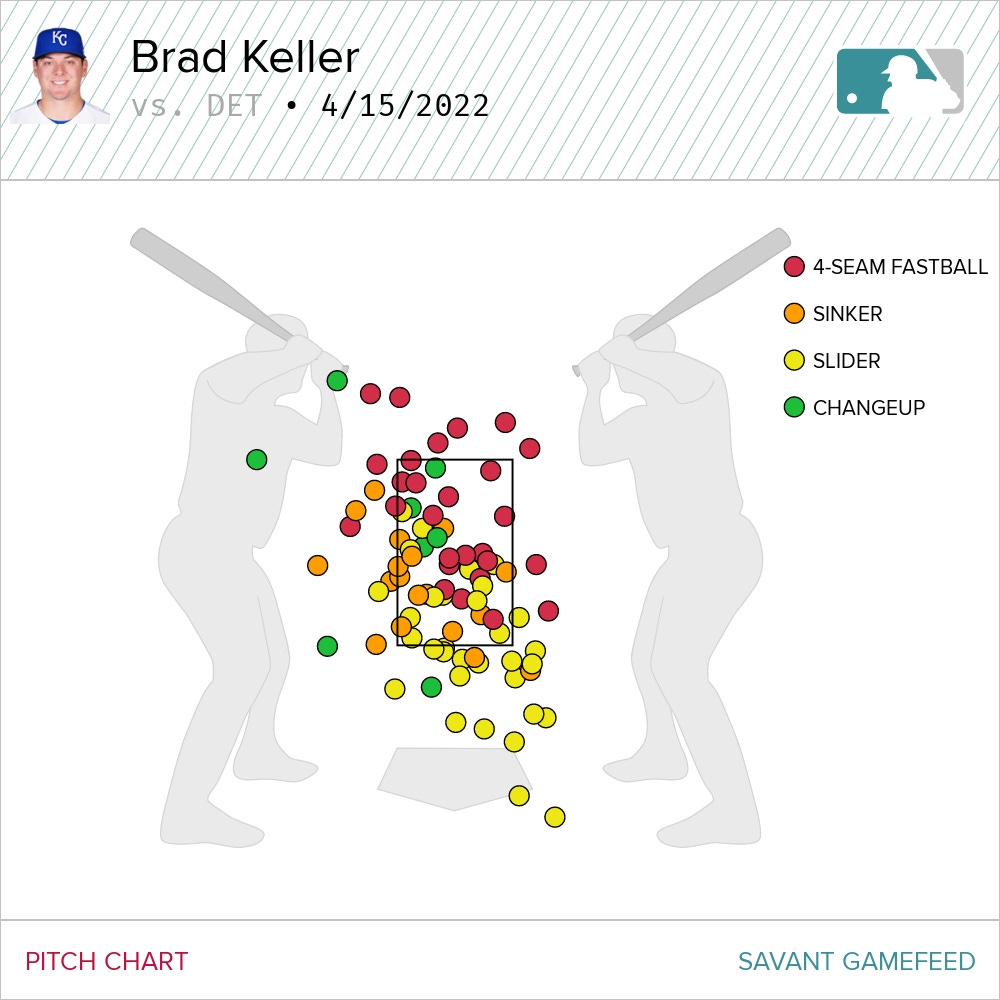

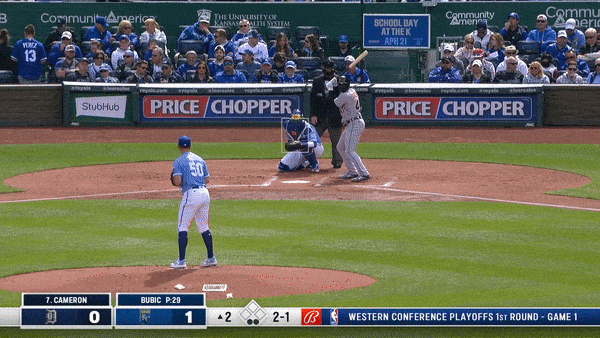
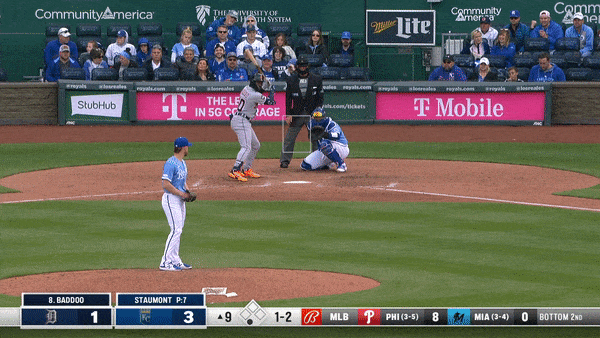
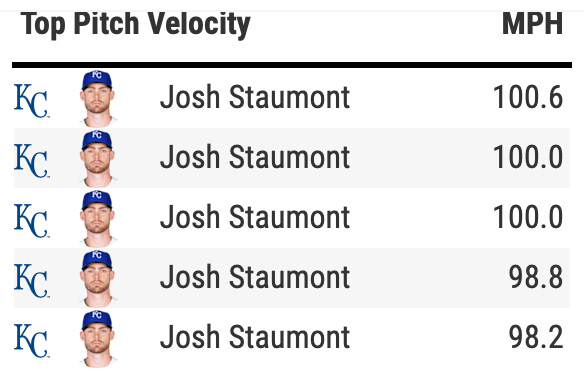
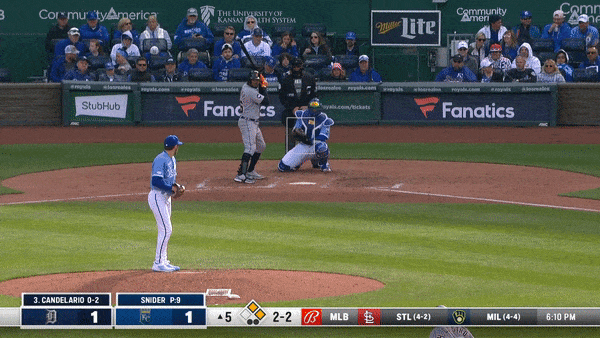
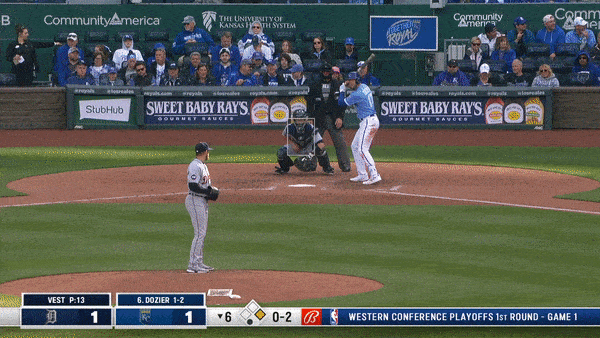
Still early, but I think Mondesi has just about earned his way to the bench, where he could actually be a very valuable piece, given his base stealing ability, power potential, switch-hitter status and elite defense at 3 positions. I just think the swing and miss is what it is and he'll never reach his sky-high potential that he flashes for occasional stretches. That moves Nicky to SS, Whit to 2nd, Isbel starting in RF. Santana needs to sit more also and let Dozier play 1st for awhile, with Olivares at DH those days.
It feels like Matheny is almost being stubborn on the lineup out of spite, marching the same guys in the same order out there everyday.